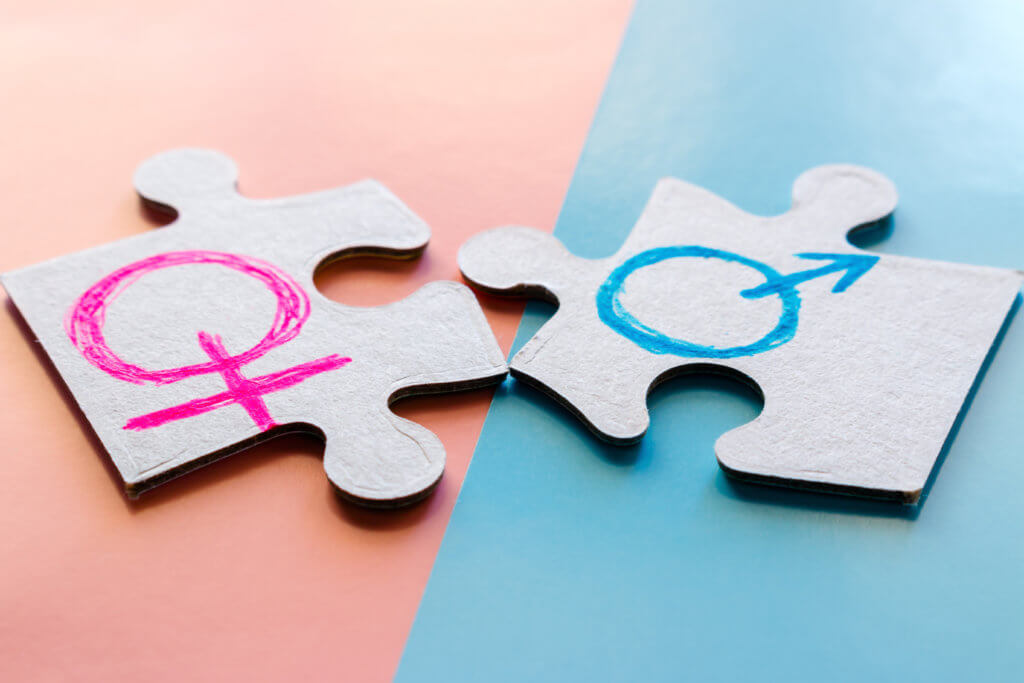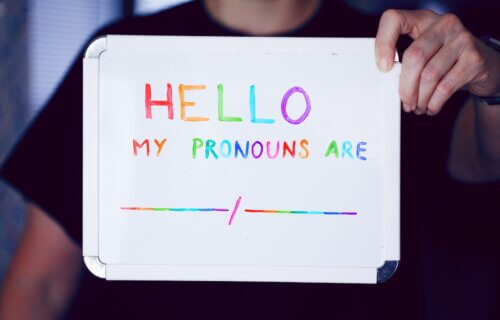ROANOKE, Va. — The increasing mismatch between biological sex and gender identity, a condition known as gender dysphoria, is affecting younger people at a growing rate, according to a new study. This research, conducted by a team at the Virginia Tech Carilion School of Medicine, finds that gender dysphoria is more prevalent among individuals assigned male at birth (AMAB) than those assigned female at birth (AFAB). The study reported a substantial increase in the estimated number of individuals with gender dysphoria from 2017 to 2021.
Notably, younger people are experiencing symptoms of gender dysphoria, with the average age of diagnosis dropping from 31 in 2017 to 26 in 2021. Despite this rise, the study, which included 42 million people, finds that only 155 for every 100,000 are diagnosed with gender dysphoria. This represents a mere 0.0015 percent of the population.
On average, AFAB individuals are diagnosed with this condition at 27, and AMAB individuals are diagnosed at 30. Among the diagnosed cases, 58 percent were AFAB and 55 percent were AMAB.
The study highlighted a marked increase in diagnoses among individuals under 22 years of age. Interestingly, the rise was significantly steeper among young AFAB individuals compared to their AMAB counterparts.
Prevalence of gender dysphoria in the AFAB group increased around the age of 11, peaking between 17 and 19 years-old, and declining below AMAB prevalence by the age of 22. In contrast, among the AMAB group, the onset of gender dysphoria typically began around the age of 13, peaked at 23, and then gradually decreased.
What are the symptoms of gender dysphoria?
Specifically, gender dysphoria refers to psychological distress that results from an incongruence between one’s sex assigned at birth and one’s gender identity. This term is often used to describe the feelings experienced by people who identify as transgender or nonbinary.
It’s important to note that not all transgender or nonbinary individuals experience gender dysphoria. For those who do, however, it can cause significant distress and problems in various aspects of life, including personal relationships, school, work, and even basic day-to-day activities.
Symptoms of gender dysphoria can include strong desires to be treated as the other gender or to be rid of one’s sex characteristics, or a conviction that one has the typical feelings and reactions of the other gender. These feelings can lead to distress, anxiety, depression, and potentially self-harming behaviors.
The Diagnostic and Statistical Manual of Mental Disorders, 5th Edition (DSM-5), includes gender dysphoria as a recognized condition, which has helped make treatment more accessible to those who need it. Treatment may involve counseling, hormone therapy, gender-affirming surgeries, or a combination of these. It’s important to remember that treatment is highly individual and should always be guided by the person’s self-identified gender identity.

The researchers hypothesize that these divergent patterns may be due to the timing of puberty, as it generally occurs earlier in girls than boys. The study also suggested that social attitudes could play a part. For instance, school children were found to be more accepting of their masculine-presenting AFAB peers, while young boys faced a higher risk of being bullied and rejected.
The researchers believe that the overall increase in gender dysphoria diagnoses may be attributed to factors such as the wider availability of specialist clinics and a broader societal acceptance of gender diversity. They also noted the consistent trend that children tend to seek medical help for gender issues during puberty.
The team, whose findings were published in the journal General Psychiatry, explained some of the social dynamics at play.
“Gender identity development heavily leans on social processes, including exploration and experimentation with external feedback. There is now increasing acceptance of gender-neutral pronouns and gender-non-congruent chosen names,” the study authors write in a media release.
Prior studies have also documented that gender dysphoria is on the rise, but the experts warned that until now studies have often been limited by small sample sizes, short monitoring periods or outdated datasets. As an alternative, the researchers drew on data spanning 49 healthcare organizations and around 66 million people between April 30, 2017 and April 30, 2022, with 80 percent living in the U.S.
The team focused on 42 million four to 65-year-olds, 66,078 of whom were diagnosed with gender dysphoria. They acknowledged only 20 percent of participants came from outside the U.S., potentially limiting their findings.
South West News Service writer Pol Allingham contributed to this report.


Gosh, you’d almost think it’s the result of miseducation.
.. and ‘blind copy’ from influencers, social environment, educators, and media.
Too much of the Trans/gay movement is being pushed on the children in schools and after school programs, with the help of the government. I watched a pride parade children and parents were there, everyone should have been arrested for indecent exposure! People with money think they should control the world, but I don’t like what they are leaning towards so why should I follow them? Problem I can’t do anything without the help of millions more people. What is happening with the Republican side of the government they say they believe in the American way, but they aren’t fighting hard enough to stop what is happening in our country. We must force the democrats to obey the law or suffer coincidences.